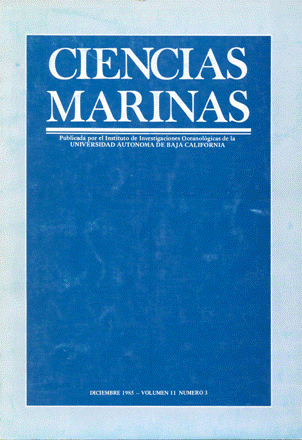Heavy metal contamination in sediments of Cardenas Bay, Cuba
Main Article Content
Abstract
Cardenas Bay is considered an important port due to the many economic activities carried out in it. However, each day. as its development increases, the state of the ecosystem deteriorates. In the present study. Cu, Pb, Zn, Cr, Co, Ni and Mn were determined in surface sediment at nine stations located in the bay. The average concentrations were: Cu - 34.7 µg/g, Pb - 28.5 µg/g, Zn - 29.0 µg/g. Cr - 172.8 µg/g, Co - 16.9 µg/g, Ni - 35.0 µg/g and Mn - 245.1 µg/g. For the analysis, the atomic absorption spectrophotometry technique was used. Teledetection methods were used to make the map of biotope distribution, delimiting with great accuracy the different types of bottoms and giving new qualitative information, from which different industries that study the zone can carry out evaluations with a view to preserving the environment. A characterization study was carried out of some polluting sources that flow directly into the bay with or without treatment. Only for Cr was a situation of slight contamination found; the other metals had normal values in the bay.
Downloads
Article Details
This is an open access article distributed under a Creative Commons Attribution 4.0 License, which allows you to share and adapt the work, as long as you give appropriate credit to the original author(s) and the source, provide a link to the Creative Commons license, and indicate if changes were made. Figures, tables and other elements in the article are included in the article’s CC BY 4.0 license, unless otherwise indicated. The journal title is protected by copyrights and not subject to this license. Full license deed can be viewed here.

